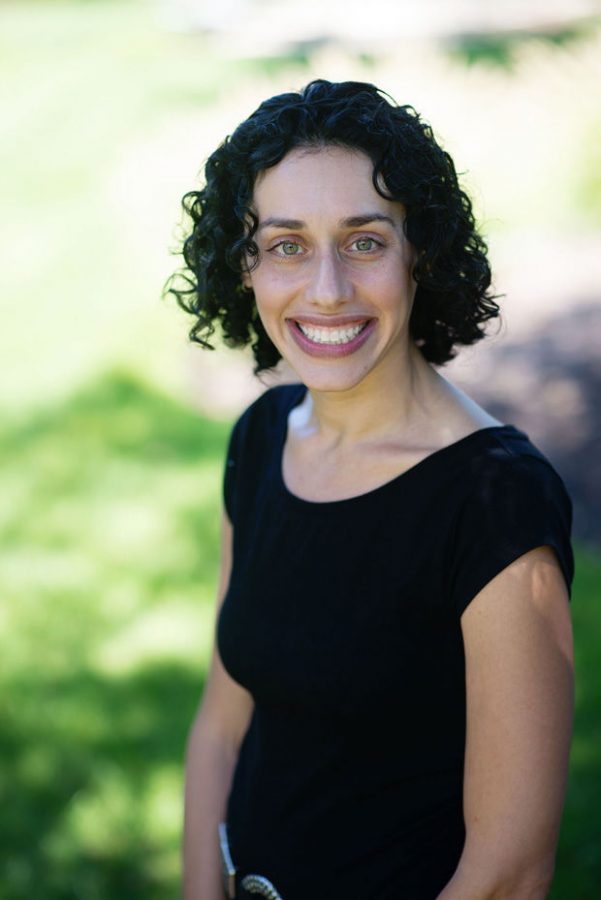Traditions enrich Passover, no matter how long it lasts
Published April 25, 2019
The Torah portion for this week is Pesach (final day), which leads to the inevitable question: Just when is the final day of Pesach?
The Torah is clear: Pesach begins on the 15th day of Nisan and lasts seven days. Which sounds cut and dried, but only if you know when the month begins, and that hasn’t always been the case.
The months of the Jewish calendar used to be determined by the rabbinical court in Jerusalem through the testimony of witnesses who would verify the new moon. After that happened, they still needed to get the word out to outlying Jewish communities, which was not a timely or easy process, and there was a good chance that one might get the date wrong. Therefore, it became safer to just add an additional day to ensure that everyone was celebrating the holiday correctly.
ADVERTISEMENT
When the calendar was finally set during the 4th century, that extra day was no longer necessary, yet since the Talmud teaches that Jews living in the Diaspora should observe the customs of our ancestors (Beitzah 4b), many Jewish communities still keep that extra day.
Which brings us back to where we started. What is the right answer? Seven days or eight? Regardless of your answer, the question itself is one of my favorite things about Pesach. Because it’s quite likely that the answer you give is not necessarily based on the movement with which you affiliate or with where you live, but with the way in which you first experienced Pesach. Whether it was at your grandparents’ seder table or with a group of friends from your Introduction to Judaism class, it’s those traditions you first experienced that often feel the most right. And that’s true for nearly all of what we experience at the Pesach seder, whether or not those customs are actually ancient.
I have heard the most wonderful stories of seder customs over the years, and the only consistent thing is a lack of consistency; every seder is different. Many of our preschool and religious school families tell me about the Passover plays they hold each year, replete with costumes, scripts and fighting over who gets to speak from the burning bush. My friend, who is Sephardic, has green onions on his seder table, and when they sing “Dayenu,” they hit each other on the wrist with them to symbolize the whips of the slavemasters.
ADVERTISEMENT
When Michael and I were dating, he bought my mother a beautiful Miriam’s Cup that our family uses every year; my children couldn’t imagine a seder without the ritual of each pouring water into the cup. Each tradition is one that makes the seder unique and personal, and none of them are right or wrong.
That’s the beauty of Pesach, the idea that we are encouraged to make it our own. We say b’chol dor v’dor, in each generation a person must see themselves as if they were the ones who were brought out of Egypt.
To see ourselves as active participants in the story, we have to personalize it, adding our own customs and traditions that make the holiday and the experience uniquely ours. We explore creative ways, using food and dialogue, song and theater, to retell the story and find ourselves in it. It is a wonderful reminder of how to live meaningful Jewish lives, not just on Pesach, but all year long.
Whether we are using traditions from our ancestors or creative interpretations to keep the next generation engaged, we constantly renew and revive our faith, ensuring it is as meaningful now as it was when we first started celebrating our Judaism, whenever that may have been. And what feels sacred and right to one of us may be totally foreign and new to another, yet there is room for everyone and every custom.
However long your Pesach celebration may be, I hope it has been one filled with joy and meaning, and that it encourages you to live your Judaism with creativity and passion in the year to come.
Amy Feder is Senior Rabbi at Congregation Temple Israel and is a member of the St. Louis Rabbinical Association, which coordinates the d’var Torah for the Jewish Light.
















